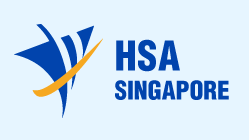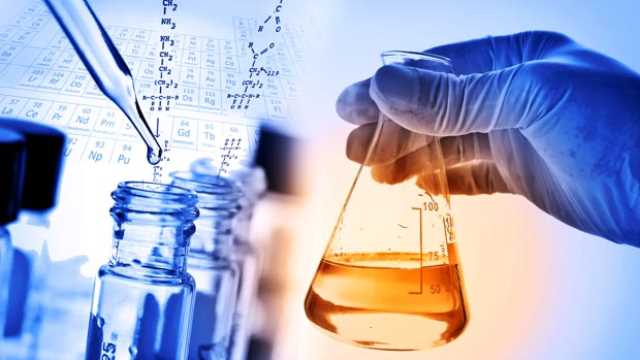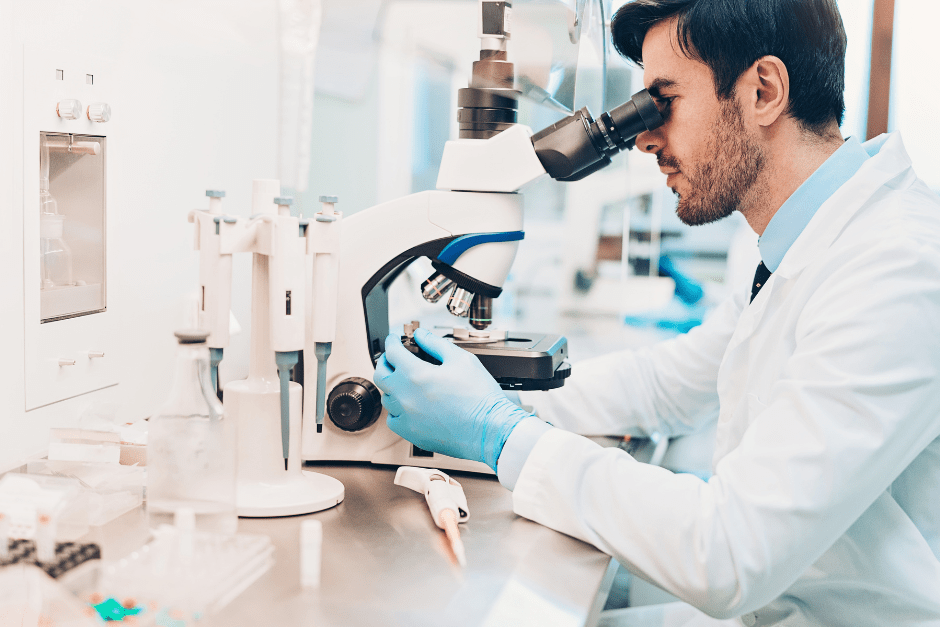The new article highlights the aspects related to the information to be included in the submissions with respect to manufacturing processes and sites involved.

Table of Contents
The Health Sciences Authority (HSA), a Singapore’s regulatory agency in the sphere of healthcare products, has published a guidance document dedicated to the registration of in vitro diagnostic (IVD) medical devices intended to be marketed and used in the country.
The document provides an overview of the applicable regulatory requirements, as well as additional clarifications and recommendations to be taken into consideration by medical device manufacturers and other parties involved in order to ensure compliance thereto.
At the same time, provisions of the guidance are non-binding in their legal nature, nor are they intended to introduce new rules or impose new obligations.
The authority also reserves the right to make changes to the guidance and recommendations provided therein, should such changes be reasonably necessary to reflect corresponding amendments to the underlying legislation.
In particular, the document describes in detail the scope of information to be included in the submission in accordance with the ASEAN Common Submission Dossier Template (CSDT).
The guidance is intended to provide clarity regarding information necessary for each section of the ASEAN CSDT, as well as the format for submission in general.
As it was mentioned before, the ASEAN CSDT integrates elements from the Global Harmonisation Task Force’s (GHTF) guidance titled “Summary Technical Documentation for Demonstrating Conformity to the Essential Principles of Safety and Performance of Medical Devices”.
The primary purpose of the ASEAN CSDT is to provide a unified template for medical device information submissions to the regulatory bodies of ASEAN member countries.
All IVD medical device applications for registration with HSA should be consistent with the ASEAN CSDT format.
This guide should be used alongside the ASEAN CSDT, GN-15 Guidance to Medical Device Product Registration, and other relevant guidance documents.
It is important to mention that certain sections of the ASEAN CSDT are considered self-explanatory and hence lack additional guidance.
Scope
This guideline applies to all IVD medical devices. For guidance on general medical devices, the authority further refers to the GN-17 Guidance document.
The authority additionally emphasizes that any examples provided within the document serve illustrative purposes.
They are neither prescriptive nor meant for interpreting sections or statements within them.
Manufacturer Information Details
The scope of the guidance covers, inter alia, the aspects related to the scope of information about medical device manufacturers to be included in the submission.
In accordance with section 4.6 of the template, manufacturers are directed to provide comprehensive details or references concerning manufacturing processes.
This should cover quality assurance measures, and the complexity and risk associated with the medical device.
For the manufacturing process (4.6.1), a detailed list should be provided, outlining resources and activities essential for the transformation of inputs into the desired output.
This should encompass manufacturing methods, environment or condition, facilities, controls for manufacturing, processing, packaging, labeling, and storage.
Sterilization methods and processing should also be included if relevant.
Where multiple facilities participate in the manufacturing process, details for each facility, including any quality assurance certificates issued by accredited third-party inspection entities, should be duly provided.
Guidance on Submission
The manufacturing process’s information should be detailed enough to ensure a broad understanding of the processes involved.
However, proprietary details are not mandatory.
For easier comprehension, a process flow chart detailing production, controls, assembly, in-process and final product testing, and finished device packaging is recommended for inclusion.
As it was mentioned before, when manufacturing happens across multiple sites, each site’s specific activities should be clearly outlined.
Quality Management System certificates should be attached for design and manufacturing sites in the CSDT submission.
However, this does not apply to raw material manufacturers.
The authority also emphasizes that for Class D IVD medical devices, a batch release plan should be incorporated.
This plan aims to ensure the consistent identification of relevant antigens, epitopes, and antibodies.
Key Definitions
The document also provides definitions of the most important terms and concepts used in the context of IVD products and the registration process associated thereto including, inter alia, the following ones:
- Calibrator – Substance or material intended for calibration of a measuring system.
- Control Material – Material used to verify the performance of an IVD medical device.
- In Vitro Diagnostic (IVD) Product – Any product, including reagents, instruments, etc., intended for in vitro examination of specimens derived from the human body.
- Lay Person – Someone without formal training in the field.
- Near-Patient Testing – Testing performed outside the laboratory/clinical environment.
- Performance Evaluation – A performance review based on available data and scientific literature.
- Product Owner – The individual responsible for the health product and its various facets.
- Registrant – The individual or entity who secured the product’s registration under the Act.
- Specimen Receptacle – A device meant for containing specimens from the human body.
Conclusion
The ASEAN CSDT provides a comprehensive guideline for product registration submissions, focusing on the rigorous detailing of manufacturing processes and necessary documents to assure product quality and safety.
The present guidance assists manufacturers in understanding their responsibilities and ensures uniformity in submissions across ASEAN member countries.
How Can RegDesk Help?
RegDesk is an AI-powered Regulatory Information Management System (RIMS) designed to simplify global compliance for medical device companies. With regulatory intelligence covering 120+ markets, RegDesk helps you prepare and publish global submissions, manage standards, conduct impact assessments, and stay ahead of regulatory changes all from a single, centralized platform. Expanding into new markets has never been easier.


